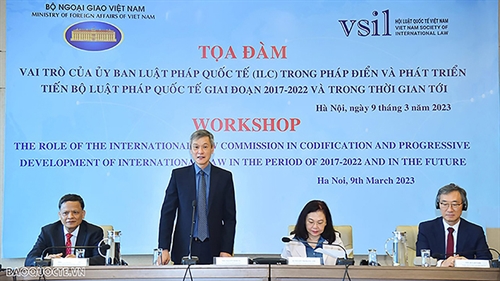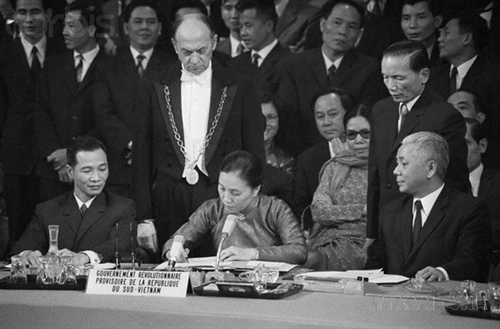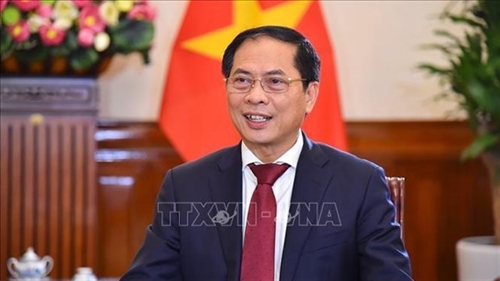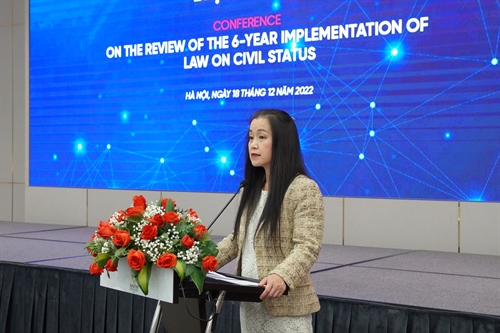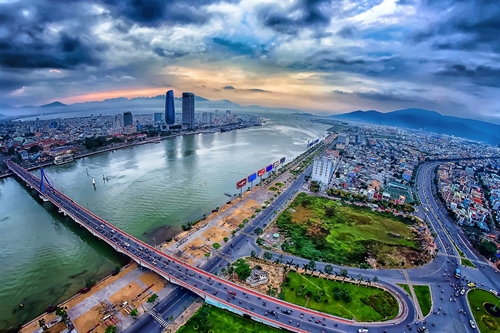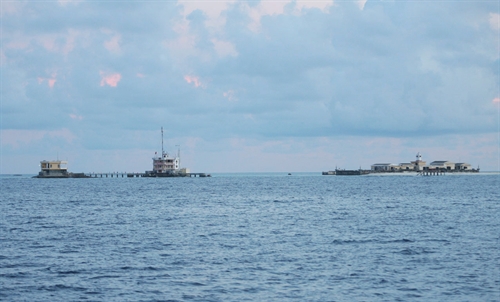The railway sector has become a magnet for foreign investors, with firms and organizations from across the globe showing a growing appetite for the industry.
The East Japan Railway Company (JRC), a heavyweight in Japanese railway, sent a letter to the Ministry of Transport expressing interest in two domestic projects; one to upgrade the Hanoi - Hai Phong Railway and the other to build a new railway leading to the Hai Phong International Port.
 |
| Passengers board a train on the Hanoii-HCM Railway__Photo: VNA |
The Japanese company made an on-site visit on June 2022 and held a meeting with the ministry on this occasion. In the meeting, a JRC representative requested a go-ahead from the ministry to conduct a feasibility study for the projects.
"Given the high demand for the transportation of goods and passengers between Hai Phong and Hanoi, the two projects seem feasible and profitable," said the representative.
In another meeting with the ministry, the Ambassador of Spain to Vietnam, Pilar Méndez Jiménez, said Spain is keen on cooperating with Vietnam in the development of high-speed railway lines. She also revealed that her country is home to the world's second-longest high-speed railway system, with over 30 lines.
Meanwhile, World Bank expressed its desire to collaborate with Vietnam in the North-South Express Railway.
Although scores of foreign investors are eager to come on board, some obstacles still need to be overcome to ensure their easy ride.
Luu Quang Lam, chairman of the Investment Mining Port JSC, said the Government's policy to unlock private investments in the railway sector is on point. However, administrative procedures need to be made clearer and more transparent to bring the policy to great effect.
Transportation expert Nguyen Xuan Thuy shared this view, saying that transparency is the key to private investment, which would fill the gap left by public investment in the sector.
According to the Vietnam Railway Authority, the scheme to mobilize private investment for the sector has culminated with only one finished project by late 2022 after ten years of implementation. All other projects have attracted investors' interest but have yet to be realized.
The unsuccessful scheme was because relevant authorities failed to draw up instructions on how to implement favorable policies in the sector. Without favorable policies, investors are reluctant to get involved in railway projects, which normally require huge initial outlays yet yield low-profit margins.
Investors expect that Conclusion No.49 on the development of the railway sector until 2030 with a vision to 2045 would help to turn the situation around, drawing more investors in the unfinished projects.
"The Conclusion would lay the groundwork for the revitalization of the sector, which has been on the decline for quite a while," said the head of the Vietnam Railway and Economic Association.
According to the Ministry of Transport, the railway sector, with no new lines built over the past years, is gradually losing its market shares to other means of transport.
The Party has had to put the sector on its ten-year agenda to prevent the loss of market shares, with priority being given to the Noth-South Express Railway and some urban rail transit projects in Hà Nội and HCM City.
Under the ministry's estimation, the sector needs around VND 240 trillion (USD 10.2 billion) of investment until 2030, of which over VNĐ46 trillion for upgrading existing railway systems, VND 112 trillion for the construction of high-speed railway lines, and around VND 80 trillion for traditional lines.
Minister Nguyen Van Thang revealed that the ministry is calling for more public money to be spent on large-scale railway projects to cut logistics costs for firms between 2021 and 2025.
